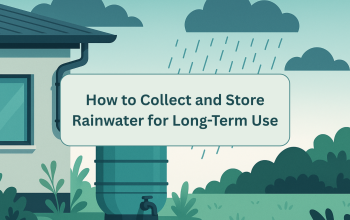Foraging vs. Hunting: Which One is More Sustainable?
In a survival situation, securing food is a top priority. Two primary methods of acquiring food in the wild are foraging (gathering edible plants and fungi) and hunting (pursuing wild animals for meat). While both methods have their advantages and challenges, one may be more sustainable depending on the environment, resources, and skills available. This guide explores the pros and cons of foraging and hunting to help survivalists make an informed choice.
Why Food Sustainability Matters in Survival
1. Foraging: Harvesting Nature’s Bounty
Foraging involves gathering wild plants, fruits, nuts, fungi, and insects for sustenance.
Advantages of Foraging
✔ Sustainable and Renewable: Plants grow back, making foraging a long-term survival strategy.
✔ Quiet and Stealthy: Unlike hunting, foraging doesn’t attract predators or enemies.
✔ Low Energy Expenditure: Gathering plants requires less energy than chasing or trapping animals.
✔ Available Year–Round: Even in winter, edible roots and bark can be found.
Challenges of Foraging
✖ Risk of Poisonous Plants: Misidentification can lead to serious health risks. ✖ Limited Protein Intake: Most plants lack the high protein levels found in meat. ✖ Seasonal Availability: Some plants are only available at certain times of the year. ✖ Knowledge Intensive: Requires an understanding of local flora and fungi.
Best Foods for Foraging
2. Hunting: A High–Reward Food Source
Hunting involves capturing and killing animals for meat, fat, and other resources.
Advantages of Hunting
✔ High–Calorie Yield: Meat provides protein, fats, and essential nutrients. ✔ Long–Term Sustenance: One large kill (e.g., deer) can feed a person for weeks. ✔ Multiple Uses: Bones for tools, hides for clothing, and fat for cooking. ✔ Less Dependency on Seasonal Cycles: Animals can be hunted year-round in some climates.
Challenges of Hunting
✖ High Energy Cost: Tracking, trapping, and processing an animal requires significant effort. ✖ Requires Weapons and Skills: Hunting is difficult without tools like bows, firearms, or traps. ✖ Legal and Ethical Concerns: Some areas have hunting restrictions or endangered species protections. ✖ Risk of Injury: Hunting large animals can be dangerous.
Best Animals for Hunting in Survival Situations
3. Which is More Sustainable? A Side–by–Side Comparison
4. The Best Survival Strategy: Combining Both
For true sustainability, a mix of foraging and hunting is ideal. Here’s how:
Frequently Asked Questions (FAQs)
1. Is it possible to survive on foraging alone?
Yes, but protein intake would be low. Insects and nuts can supplement proteins.
2. What’s the most efficient way to hunt in a survival situation?
Trapping is the best energy-efficient method as it works while you focus on other tasks.
3. Can foraging be dangerous?
Yes, misidentifying plants or fungi can lead to poisoning. Always cross-check edible species.
Conclusion
Foraging and hunting both play vital roles in survival. While foraging is more sustainable and low-risk, hunting provides the necessary calories for long-term survival. A balanced approach that includes plant gathering, small game trapping, and occasional hunting offers the best chance for sustaining life in the wild.
🌿 Which do you prefer—hunting or foraging? Share your survival experiences in the comments



